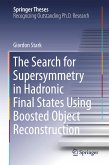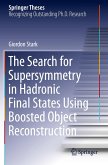Combinatorial Kalman filters are a standard tool today for pattern recognition and charged particle reconstruction in high energy physics. In this thesis the implementation of the track finding software for the Belle II experiment and first studies on early Belle II data are presented. The track finding algorithm exploits novel concepts such as multivariate track quality estimates to form charged trajectory hypotheses combining information from the Belle II central drift chamber with the inner vertex sub-detectors. The eventual track candidates show an improvement in resolution on the parameters describing their spatial and momentum properties by up to a factor of seven over the former legacy implementation. The second part of the thesis documents a novel way to determine the collision event null time T0 and the implementation of optimisation steps in the online reconstruction code, which proved crucial in overcoming the high level trigger limitations.








